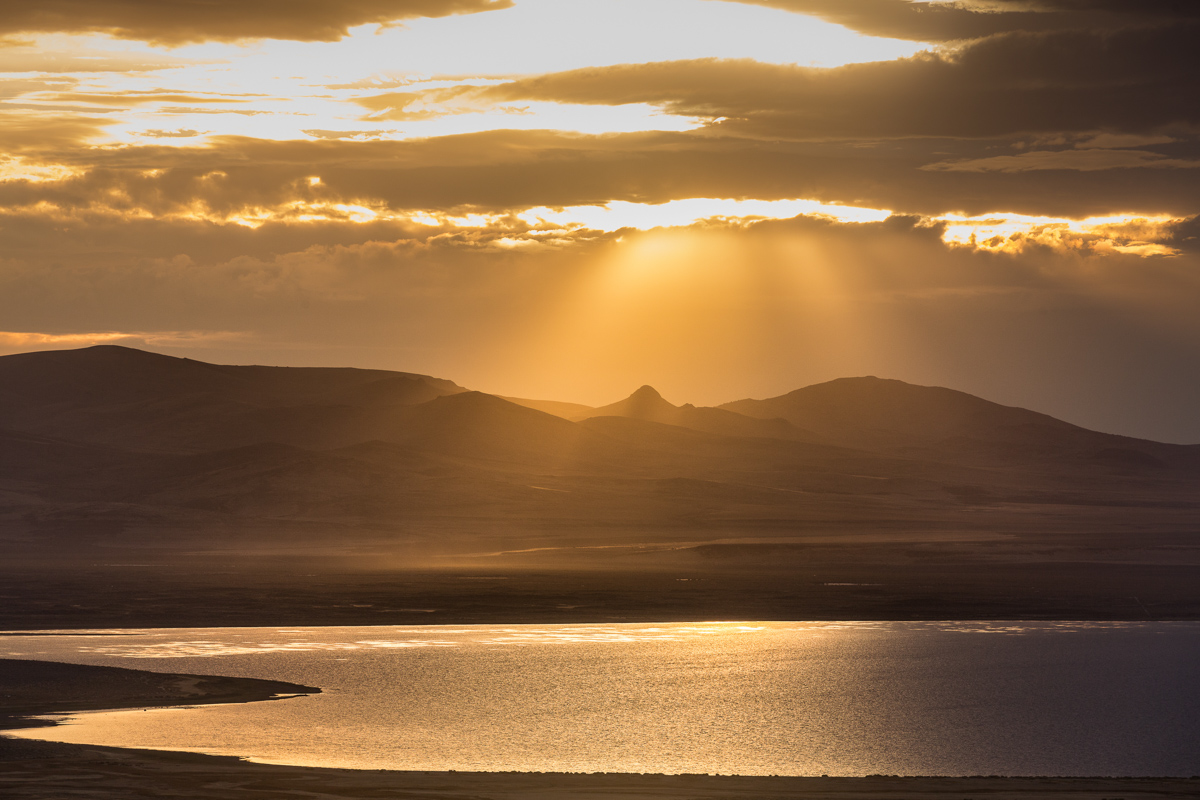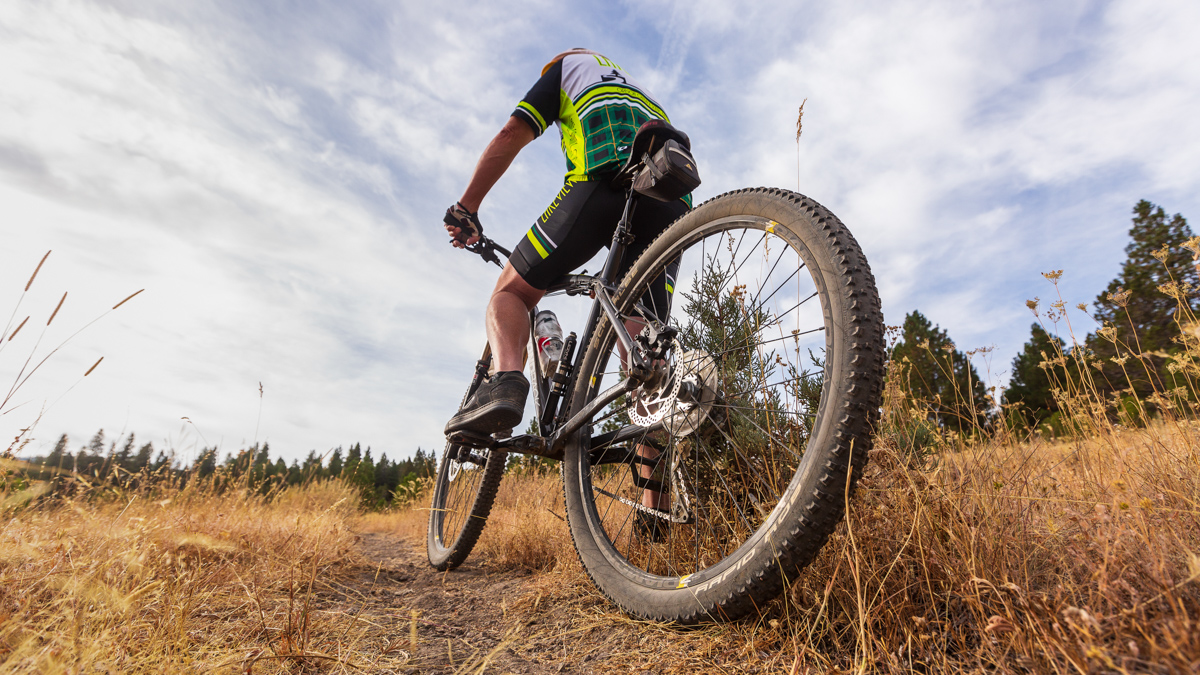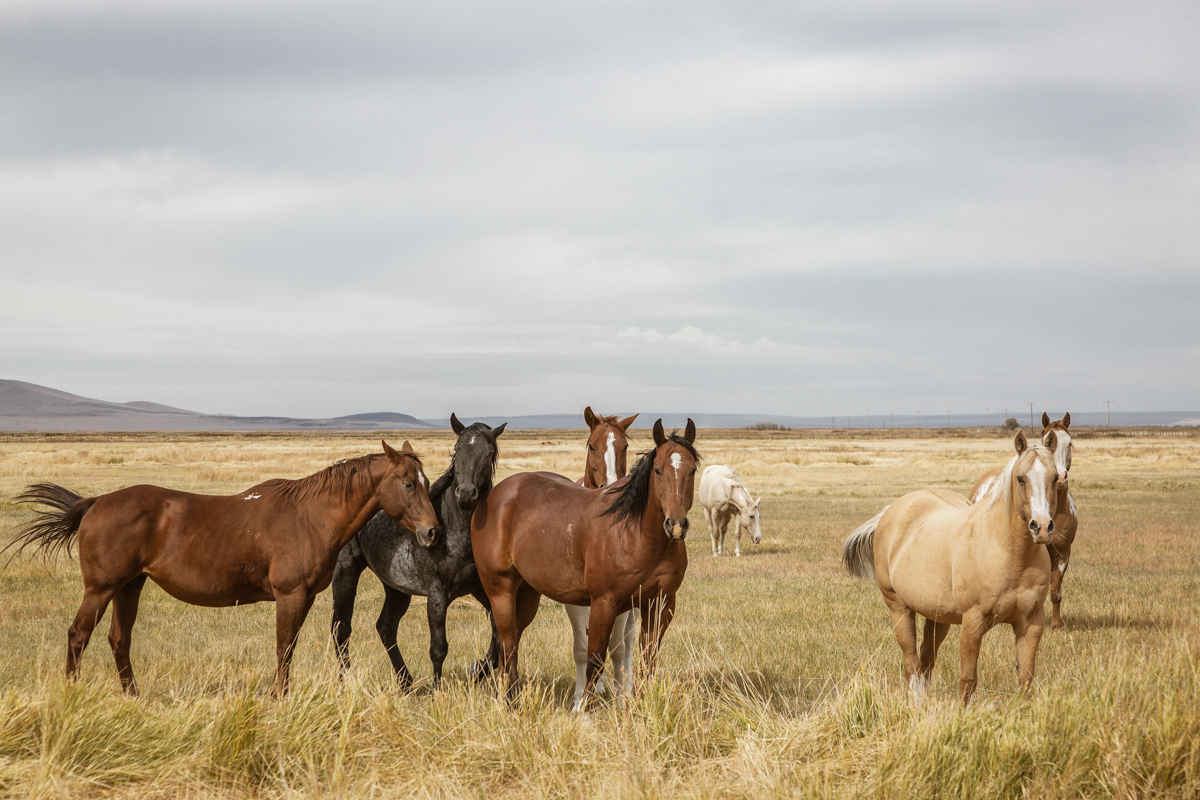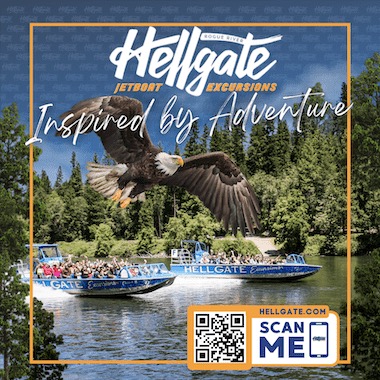Start in Lakeview
Whether you’re a hard-core gravel grinder or a newbie looking for a short segment to try out, a great place to start is in Lakeview, which, at 4,802 feet above sea level, is known as the “Tallest Town in Oregon.” The trail is divided into four sections, each with its own unique landscape and terrain. The southernmost Fremont Tier takes you through the open desert of Southern Oregon and is the most challenging but also the most rewarding. Along the route, you can take in the views at Crane Mountain – the highest elevation along the Oregon Timber Trail at 8,200 feet – as well as Winter Rim, a steep slope that drops a dramatic 3,000 feet into Summer Lake Valley.

Along this route, consider a stop at the legendary Cowboy Dinner Tree restaurant; book an advance stay at a remote fire lookout; take a well-earned break at Summer Lake Hot Springs; and find lots of waterways to splash around in, including Lily and Cave lakes and the Chewaucan River.
Less advanced riders may tackle the beginner-friendly section from Cox Pass to Chewaucan Crossing, just to the south and west of Lake Abert. Beginners can also head north for the Deschutes Tier, which is considered the most popular, shortest and easiest part of the trail.

Supporting Local Communities
When you venture out to ride one of these backcountry trails, know that engaging with local communities is part of the experience. There are nine key “Gateway Communities” along the trail. On the Fremont Tier (the longest tier at 207 miles), riders rely on the communities of Lakeview, Paisley and Silver Lake to resupply with food for the trail, local updates, and some well-deserved rest and relaxation, says Gabe Tiller, executive director of the Oregon Timber Trail Alliance.
“The OTTA is excited to continue building relationships with local residents and businesses, helping the community provide goods and services to riders,” Tiller says. In turn, the Oregon Timber Trail helps bring money into the local economy, uplift locally owned businesses and improve nearby trails for families to enjoy.
Wherever you set out, “riders should make sure their equipment is in good shape and have their bike checked over beforehand,” advises Thom Batty, owner of Tall Town Bike & Camp in Lakeview, a bike-repair shop that sells and rents bikes as well as camping supplies. Visit the shop for friendly, expert advice and to arrange long-term parking if needed. “Know your limitations,” Batty adds. “If part of the route looks scary and dangerous to ride, walk that section. Just remember: It’s all about getting out and having fun.”


Tour De Outback
If you’re looking to experience the Lake County area with the safety and support of a group, the annual Tour De Outback ride (scheduled for June 19, 2021) is a great option. The route follows along the Oregon Outback Scenic Bikeway, and riders have a choice between four different routes, with varying skill levels and distances. Tickets include a pass to the Lake County Summer Festival, which riders can enjoy after completing the route. “Summer Fest is all about fun, food and coming together,” says event coordinator Melinda Dunk. Check the website for registration info and other details.

If You Go:
When to go – Since most of the route is above 4,500 feet, plan to go when the snowpack clears up, between late June and mid-October.
What to bring – Services along the route are limited, so bring water and a purifier, dry food, and extra layers of clothing. Don’t forget sunscreen, insect repellent, a first-aid kit and a swimsuit. You’ll be riding through Oregon’s backcountry, so a reliable offline GPS is essential, along with paper maps for backup. Visit Oregon Timber Trail to download the route guide and GPS files before starting your trip.
Where to find lodging, services and more info – Visit the Oregon Timber Trail for a wealth of information on specific trail sections, services and lodging. Always take a look at road and weather conditions, and check in at the Fremont-Winema National Forest ranger station for any wildfire info or other hazards before you go.


